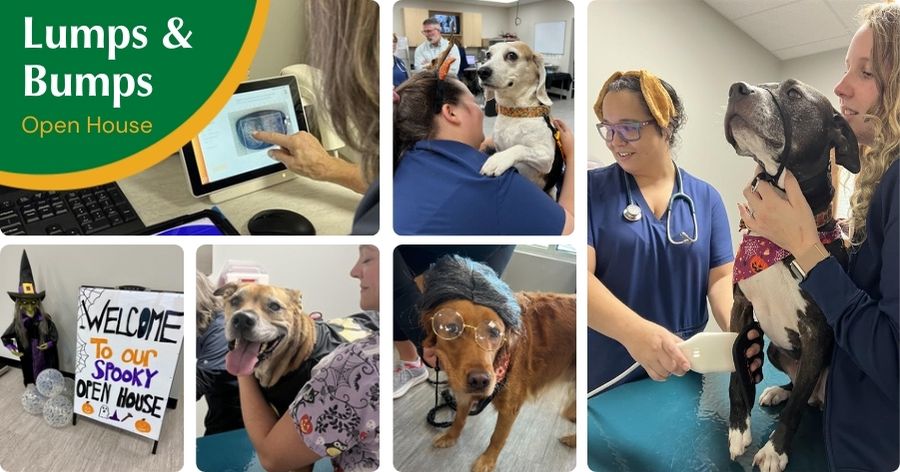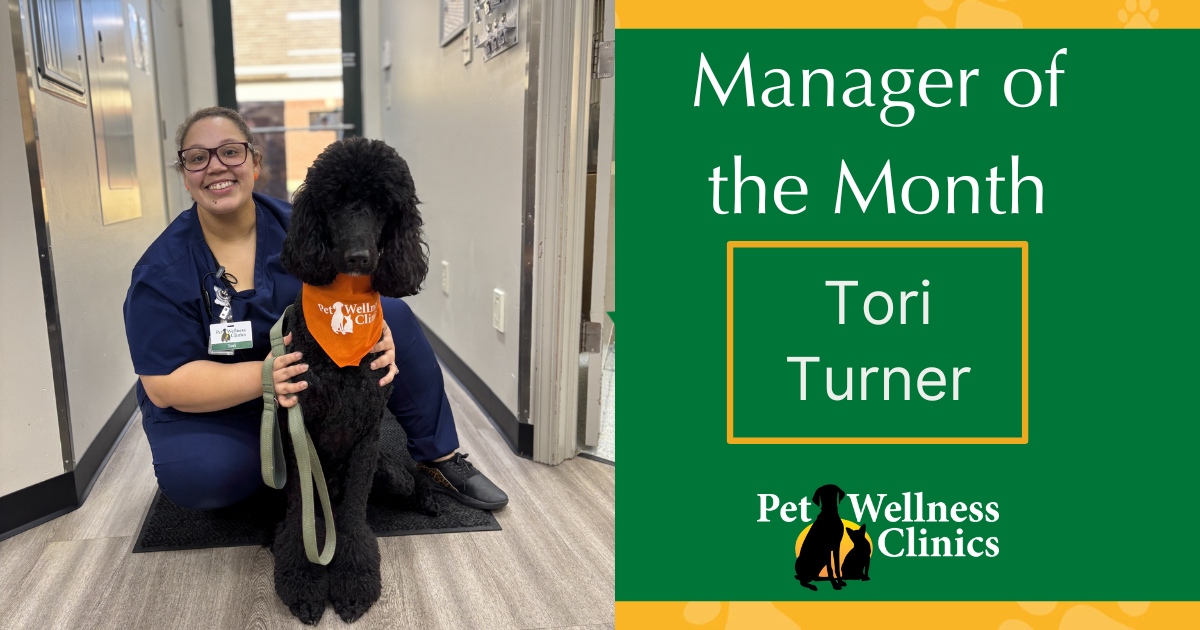Summer is in full swing, which means rising temperatures and longer days. While many of us enjoy the much warmer weather, it is important to remember that dogs don’t tolerate high temperatures as well as we do.
This is largely due to only having sweat glands in their feet and around their nose, making it significantly harder for them to cool themselves down if they become too hot. Instead, dogs thermoregulate by panting while cats try to recreate the sweating process by grooming themselves, their saliva evaporating off their body like sweat in order to cool themselves.
Unfortunately, not all pets manage to cool down sufficiently, and this can cause them to become overheated, a condition that is known as heatstroke.
Heatstroke is a type of hyperthermia, which refers to a high temperature that is not caused by a fever and occurs when an animal or person is no longer about to thermoregulate. It can be extremely dangerous and even deadly if your pet is not given immediate medical attention.
Any high-temperature environment can cause heatstroke, but it commonly occurs in animals left in hot cars, exercised in hot weather, or left outdoors without adequate shade.
Knowing the signs of heatstroke will help you get your pet emergency veterinary attention to improve the outcome. Key indicators that you should be looking out for include:
If your pet shows any of the above signs, we recommend that you take a rectal temperature to discover what the actual body temperature is. If it is upwards of 103 degrees, your pet may be suffering from heatstroke.
If you suspect your pet has heat stroke, you should do everything you can to cool them down before you get to your vet.
Cool water
Remove them from the hot environment immediately and take somewhere, ideally a bathtub, where you can run a cool shower or stream of water over their body. Make sure the water is cool and not cold as this could send them into shock. Pay special attention to the back of their head and neck, but keep the head elevated to prevent aspiration pneumonia.
Use cool packs
If you can’t get your pet into water, place cool packs or even a packet of frozen vegetables on their head. These can also be used even if you have your pet under a shower or garden hose.
Massage the legs
It is important to stimulate your pet’s circulation, so that the warmer blood can begin to flow around the body. You can do this by firmly massaging the legs from top to bottom.
Provide plenty of water
You need to make sure your pet is sufficiently hydrated and the best way to do this is by allowing your pet to drink as much cool or even ice-cold water as they would like.
Once you have cooled your pet down and the rectal temperature has reduced to under 103oF you should get to a vet as soon as possible. Your veterinarian can perform a thorough health check as well as ensuring that your pet’s temperature is stable and under control.


.png)